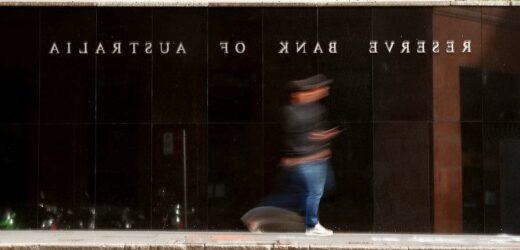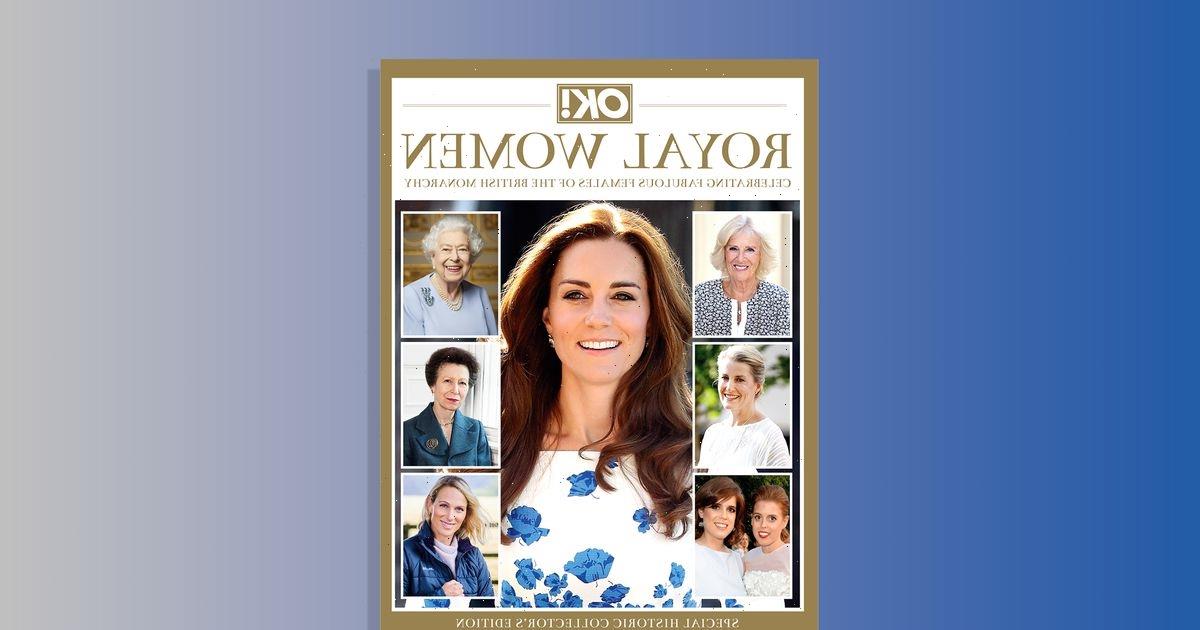Australians with an interest in monetary policy will be able to offer to help set interest rates and guide the economy through the Reserve Bank.
For the first time in the institution’s 62-year history, the federal government has asked for expressions of interest from the public to join the RBA board, with two positions to be filled during the next six months.
For the first time in its 62-year history, the board of the RBA will be opened up to general expressions of interest.Credit:Bloomberg
An advertisement appeared on the Australian Public Service’s jobs portal on Wednesday night, calling for interested people to serve on the nine-member board that meets 11 times a year and pays a minimum $77,600.
It’s understood current members Mark Barnaba, whose term ends in August, and Wendy Craik, whose term ends in early May, both signalled they will not reapply for their positions.
The board, which has come under fire on several fronts over its handling of monetary policy, is being examined in a review of the Reserve Bank. The review panel is due to report to Treasurer Jim Chalmers by March 31.
The advertisement for expressions of interest shows people wanting to serve on the board need a specific skill set.
“Candidates for non-executive board member positions should have knowledge and/or experience in economics, labour markets, financial markets, industry or public policy formulation. They should also have strong communication and strategic thinking skills,” it notes.
Kevin Rudd and Wayne Swan, the first treasurer to open up the process of RBA board membership.Credit:Andrew Taylor
“Members of the board are responsible for decisions on monetary policy and engage in discussions about current economic conditions, the economic outlook, financial markets and financial stability.”
The advertisement also shows the government wants a range of voices on the board.
“The Reserve Bank of Australia is committed to creating a diverse and inclusive workplace, and the government is committed to ensuring that Australia’s institutions appropriately reflect the diversity of our community,” it states.
Wayne Swan was the first treasurer to open up the process of RBA board membership, creating an internal Treasury shortlist of potential appointees soon after he took office in 2007. Before that, board members were the sole purview of the treasurer.
Successful applicants will go on to the shortlist of appointees.
Appearing before two parliamentary inquiries last week, RBA governor Philip Lowe made clear that he and the board determined the setting of interest rates.
The RBA board is unusual among the world’s central banks in that non-RBA staff members of the board are not drawn from academic or monetary policy circles.
The tradition dates back to the early 1930s when then Labor treasurer Ted Theodore proposed creating a board for the Commonwealth Bank, which at the time was the nation’s central bank, that would comprise people representing particular parts of the economy.
Since 1960, the RBA has had 76 board members. They have included 41 people awarded an Australian honour, 17 knights, 10 women and three members of the ACTU.
Some central banks, such as in England and Canada, have a separate committee of monetary policy experts who set interest rates. Another board oversees the bank’s day-to-day operations.
There have been criticisms that the current RBA board does not have close connections to the non-business sector such as community organisations or unions. The last trade unionist on the board was Bill Kelty, who resigned in 1996.
There are some restrictions on who can be a Reserve Bank board member. People who are a director or employee of a bank are barred from a position with the RBA.
Board members are appointed for five-year terms.
Cut through the noise of federal politics with news, views and expert analysis from Jacqueline Maley. Subscribers can sign up to our weekly Inside Politics newsletter here.
Most Viewed in Politics
From our partners
Source: Read Full Article




